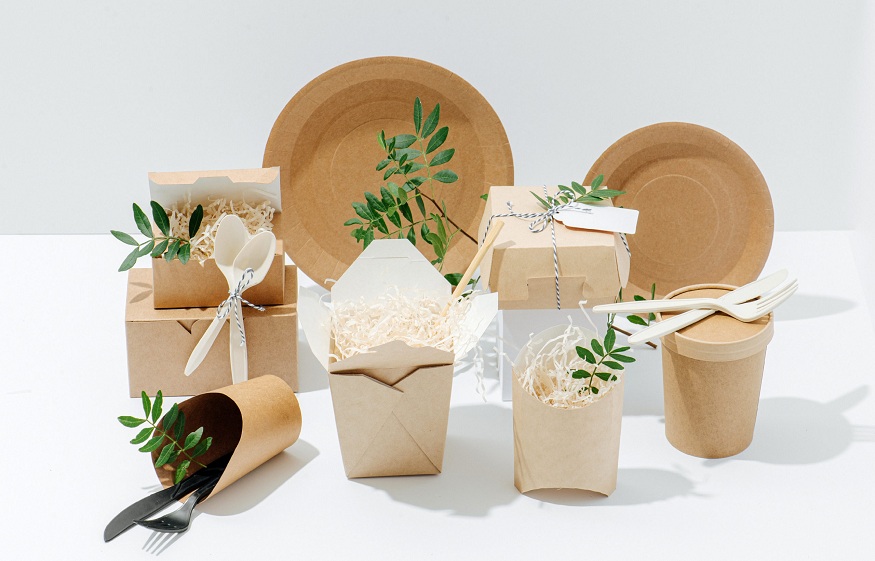We live in an environmentally conscious world where sustainable practices are becoming a priority in various industries. An area where sustainability is gaining significant traction is packaging design. Australian businesses have also embraced the concept of sustainable packaging design with open arms. This article will explore what sustainable packaging design entails and how it is transforming the way businesses approach packaging in the region and beyond.
Sustainable Packaging Explained
Sustainable packaging design involves creating packaging solutions that minimise harmful environmental impacts throughout their life cycle. It considers a package’s entire journey, from sourcing raw materials to its disposal after use. The goal is to reduce waste, conserve resources, and promote recycling and reuse. Most businesses understand the importance of adopting sustainable practices in packaging design to preserve the environment and reduce the overall ecological footprint.
Factors to Consider for Sustainable Packaging
The material used: Material selection is crucial to sustainable packaging design. Traditional packaging materials like plastic, which take hundreds of years to decompose, are replacing more eco-friendly alternatives. Most packaging designers are now switching to eco-friendly materials such as biodegradable plastics, recycled paper, and compostable materials. These materials can be recycled or decomposed more quickly, reducing the amount of waste in landfills or polluting the environment.
Resources used: Another essential consideration in sustainable packaging design is minimising the use of resources. It involves optimising the size and weight of packages to reduce material consumption and transportation costs. Modern packaging designers are adept at creating innovative solutions that use fewer resources without compromising the functionality or aesthetics of the packaging. By doing so, they contribute to a more sustainable and efficient supply chain, reducing energy consumption and carbon emissions.
Protection: Packaging is crucial in protecting products during transportation and storage. However, excessive packaging often leads to unnecessary waste. Sustainable packaging design aims to strike a balance between protection and minimising waste. Packaging designers are devising packaging that uses less material while ensuring products are adequately protected. It reduces environmental impact, saves business costs, and improves the overall customer experience.
Recyclability: Recycling is a crucial component of sustainable packaging design, and a responsible packaging designer should be at the forefront of promoting recycling initiatives. Hence, present-day designers are incorporating recyclable materials into their packaging solutions, making it easier for consumers to dispose of packaging responsibly. Additionally, innovative designs that facilitate the separation of different packaging components enhance the recycling process. A country’s/region’s commitment to recycling and waste management is reflected in its infrastructure, with a well-established recycling facility network and initiatives to educate and engage the public.
Circular economy: The circular economy concept is closely aligned with sustainable packaging design. It aims to minimise waste by using materials for as long as possible through recycling, reusing, and repurposing. Packaging designers are embracing this concept by creating packaging that can be easily recycled or repurposed into new products. By closing the loop and reducing reliance on virgin materials, they contribute to a more sustainable and circular economy.
Creative, positive social change -Sustainable packaging design should minimise negative impacts and create positive social change. Modern-day packaging designers are incorporating aesthetics and storytelling into their packaging to engage and educate consumers about sustainability. By choosing sustainable packaging, consumers can actively contribute to a greener future and support businesses prioritising environmental responsibility.
In short, sustainable packaging design encompasses various practices to reduce waste, conserve resources, and promote recycling and reuse. Material selection, resource optimisation, waste reduction, and recycling initiatives are all crucial elements of this design approach. By adopting sustainable packaging design principles, designers are preserving ecological beauty and setting an example for other industries worldwide. The journey towards sustainable packaging design may be ongoing. Still, the efforts being made in the packaging design industry are undoubtedly making a positive impact on the environment and the community.
Contact us if you are looking for packaging design in Sydney.



